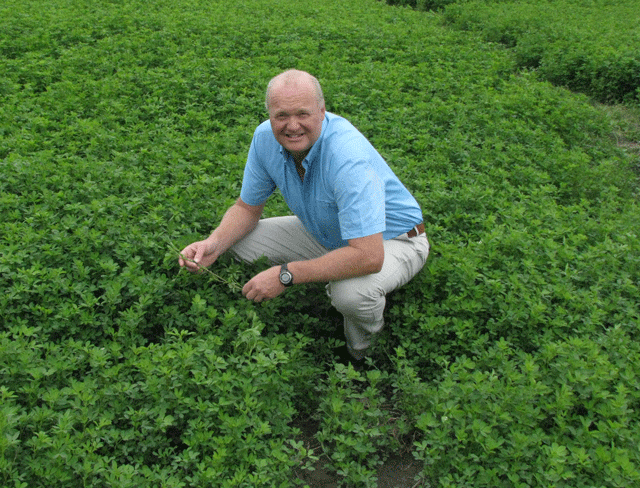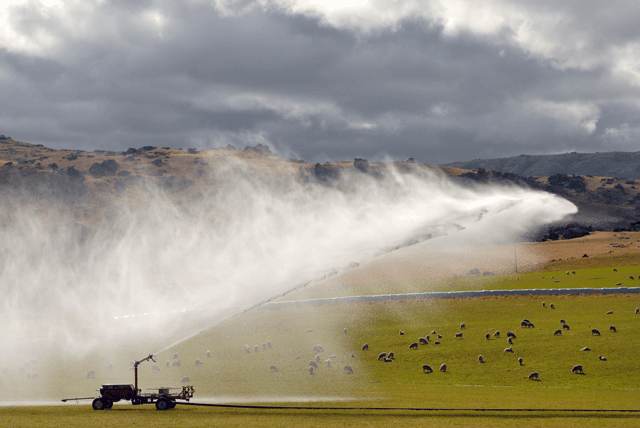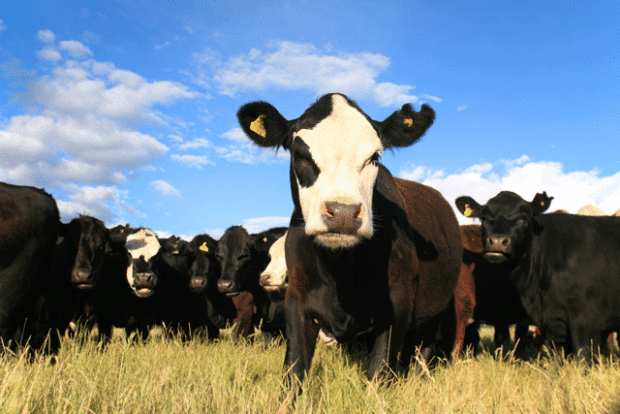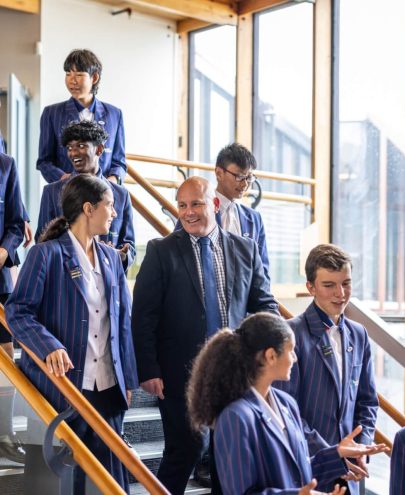Aug 3, 2015 Schools
By Fiona Terry.
Swathes of native bush adorn the countryside, protected streams and rivers teem with life, healthy animals graze lush fields and the call of native birds echoes across the valleys – it sounds like a tourism brochure but this could just as easily be a fanfare for the future of farming.
 As more landowners opt to restore natives and set land aside, we’re seeing that what’s good for the environment is proving beneficial for the economy too. New Zealand has earned kudos on the world stage with its strong credentials as a clean, green producer with high regard for sustainability, animal welfare and food safety.
As more landowners opt to restore natives and set land aside, we’re seeing that what’s good for the environment is proving beneficial for the economy too. New Zealand has earned kudos on the world stage with its strong credentials as a clean, green producer with high regard for sustainability, animal welfare and food safety.
But now we need to capitalise on these positive attributes, say senior lecturer Nic Lees and Professor Caroline Saunders of Lincoln University, as we strive to make primary industries resilient for the future.
In the same way that the country promotes itself through Tourism New Zealand as a prime destination, a strong national brand image for food promoted directly to consumers overseas would provide a valuable competitive edge, say Lees and Saunders.
 “The government’s set an ambitious goal of increasing primary exports to $64 billion by 2025,” says Lees. “We’re not going to achieve this just by becoming more efficient producers or increasing production.
“The government’s set an ambitious goal of increasing primary exports to $64 billion by 2025,” says Lees. “We’re not going to achieve this just by becoming more efficient producers or increasing production.
“We need to change perspectives from New Zealand being the lowest-cost producer in the world to promoting value. We’re one of the globe’s best delicatessens but we don’t sell that story effectively.”
A joint study undertaken by Lees and Saunders looking at communicating New Zealand’s credence attributes to international consumers showed that 80-90% of exported food ends up with consumers who have no knowledge that they are enjoying a New Zealand product.
“Dairy’s a classic example, with most of what we export in milk powder packaged in brown paper sacks,” says Lees. “It gets blended with produce from other countries so New Zealand’s credence attributes get completely lost at consumer level.”
Beef is similar, with most mixed in the US to form burgers, leaving consumers ignorant of the fact they’re enjoying grass-fed New Zealand meat.
Traditionally, says Lees, New Zealand food producers selling to importers or manufacturers may achieve a premium of up to 5%, whereas brands that market direct to consumers and understand their priorities may capture a premium of between 40-60% or more.
“Investing in this way needs to not only come from industry there is a role for the government to invest too, just as it does in Tourism New Zealand,” adds Lees. He cites Zespri’s kiwifruit and the wine industry as examples of how effective such investment can be.
“These businesses have recognition for their brands because they’ve been investing in marketing for 30 years. In contrast, we’ve been exporting dairy and meat products for 100 years without branding at a consumer level. Zespri alone is probably spending more on promotion and marketing than the entire New Zealand meat industry. This has to change.”
While change can seem daunting, albeit to future-proof a business, Marlborough farmer Doug Avery knows the value of rethinking and reinvesting. He also knows how vital it is to have informed guidance.
Avery endured desperate times 17 years ago on his drought-stricken farm. Today, though, Bonavaree Farm in Marlborough is a resilient, profitable venture that’s become a model for the future.

Key to this transformation was Lincoln plant science professor Derrick Moot, who saw dryland farmers with no irrigation systems as vulnerable to the effects of climate change.
Moot’s guidance led Avery to implement a new system of feeding his animals based on lucerne grazing. With roots that penetrate deeper into the soil, lucerne – a legume also known as alfalfa – provides a more resilient option to the more traditional shallowrooting rye and white clover. He also set aside larger areas of regenerating native bush – a move he says is proving highly beneficial to his business.
“When you integrate your economic endeavours with the environment you get rewards beyond belief,” he says. The changes proved initially tough, but with Moot’s guidance, Avery became the first of around 700 farmers who now receive regular texts regarding Lucerne management.
Developing innovative approaches like this to help farmers deliver a consistent year-round supply of high-quality produce is key to the future of primary industries, according to Guy Trafford, head of the Department of Land Management and Systems at Lincoln.
“The challenge will be maintaining the clean, green image while this is achieved,” says Trafford, who recently broached the topic while addressing a number of business leaders from organisations in the beef, sheep, seafood, viticulture and horticulture industries.
In the past, farmers have been able to look at raising productivity through higher stock rates or strategic changes like improved irrigation or fertilisers. But this is expected to become increasingly limited as a result of financial pressures and environmental concerns such as nitrate leaching.
Although we’re now seeing a levelling off in the rise of dairy-cows herds, Trafford has an alternative for which he is a strong advocate. Sheep dairy, he says, has a higher solid content than cow’s milk, a fuller flavour, comes with less nitrate leaching issues and could command a higher price than traditional dairy.
“Here at Lincoln we can help add value to what’s produced through science, research and innovation,” he says. “We’ll continue to work with farmers and industry to get a picture of how they see the future and what kind of systems they’ll need to adapt. We can also raise awareness, modelling challenges and figuring out ways to overcome them.
“There’s no silver bullet. It’s going to be a moveable feast going forward but we have a lot of exciting things happening and as lecturers we know our students will be in a strong position to take advances out into the real world.”







